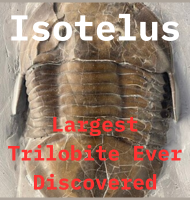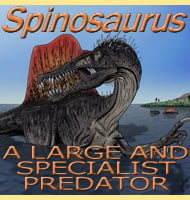In Depth
Cryptoclidid plesiosaurs (those typified by Cryptoclidus) seem to have become very rare towards the end of the Cretaceous with Kaiwhekea being one of the few known members of this family present this late in the Mesozoic. Like with so many of the late surviving plesiosaurs, Kaiwhekea seems to have survived this long by becoming more specialised in its feeding. This is revealed by the shape of the teeth which are very small when compared to other plesiosaurs, as well as being very numerous, an adaptation that is thought to have helped Kaiwhekea catch small fast moving prey like squid, hence the meaning of its name, ‘squid eater’.
In the past Kaiwhekea was thought to be similar to Aristonectes, a filter feeding plesiosaur known from deposits in South America and Antarctica. Since 2010 however, Kaiwhekea has been treated as a member of the Leptocleididae. Other plesiosaurs from the late Cretaceous of New Zealand are the elasmosaurids Mauisaurus and Tuarangisaurus. Predators of Kaiwhekea were probably late Cretaceous mosasaurs such as Taniwhasaurus, although large sharks like Cretoxyrhina may have also posed a threat.
Further Reading
– A new marine reptile (Sauropterygia) from New Zealand: further evidence for a Late Cretaceous Austral radiation of cryptoclidid plesiosaurs. – Palaeontology 45(3):557-575. – A. R. I. Cruickshank & R. E. Fordyce – 2002.










